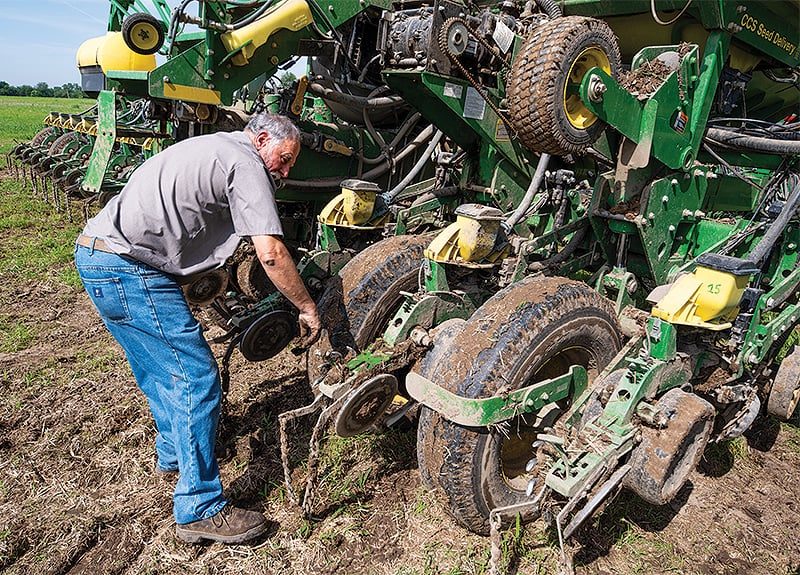No-Till Farmer
Get full access NOW to the most comprehensive, powerful and easy-to-use online resource for no-tillage practices. Just one good idea will pay for your subscription hundreds of times over.

Most of the time, a dynamic no-till system can take a hefty punch from Mother Nature, with roots, residue and healthier soils providing some resiliency.
But even the best no-tillers and strip-tillers faced some major challenges in spring of 2019 as snow, rain, hail and high winds slammed the Midwest and parts of the South. Nearly 20 million acres of crops — representing all tillage practices — were not planted across the country, according to USDA estimates.
Eastern South Dakota, southeastern North Dakota and southwestern Minnesota were particularly hard hit, with about $1.7 billion in flood-related crop-insurance claims being filed in those states. Parts of eastern Michigan, northwest Ohio and northern Illinois also had high payouts, as did parts of Iowa, Arkansas, Illinois and Louisiana.
The Missouri River basin saw catastrophic flooding in March with dozens of levees breaking or being overtopped with water. It will take an estimated $1.1 billion to repair more than 1,000 miles of the river and its tributaries.
According to the USDA, U.S. farmers affected by the flooding planted only 71% of their planned soybean crop in May, and by mid-June temperatures in…